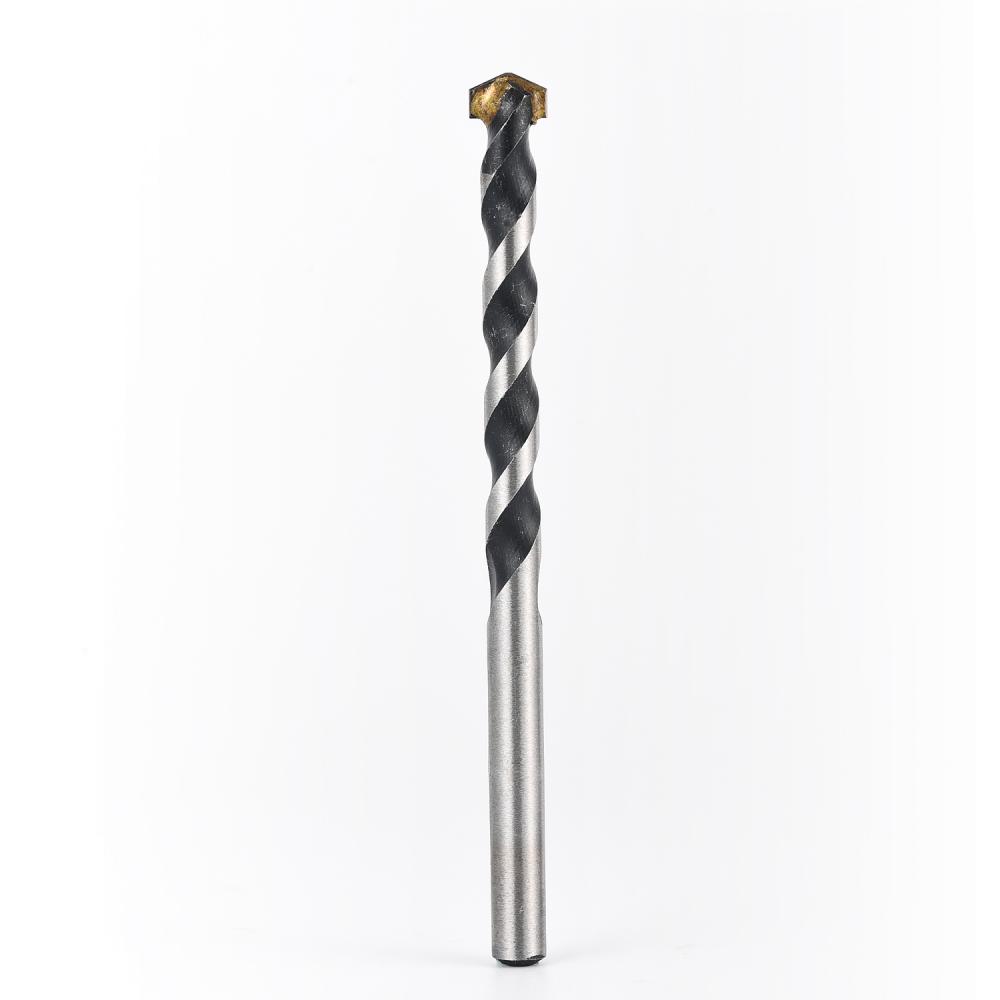The masonry bit is a variation of the Twist Drill Bit, the bulk of the Tool is a relatively soft steel, and is machined with a mill rather than ground. An insert of tungsten carbide is brazed into the steel to provide the cutting edges.
Hand Tool,Tungsten Carbide Masonry,Premium Carbide Drill,Concrete Drill Bits Set Drill Behappy Crafts (suzhou)Co.,Ltd , https://www.jshaoyue.com
Masonry bits typically are used with a Hammer Drill, which hammers the bit into the material being drilled as it rotates; the hammering breaks up the masonry at the Drill Bit tip, and the rotating flutes carry away the dust.
Hammer drill bits often use special shank shapes such as the SDS type, which allows the bit to slide within the chuck when hammering, without the whole heavy chuck executing the hammering motion.
Masonry bits of the style shown are commonly available in diameters from 3 mm to 40 mm. For larger diameters, core bits are used. Masonry bits up to 1,000 mm (39 in) long can be used with hand-portable power tools, and are very effective for installing wiring and plumbing in existing buildings.




The inner diameter dial gauge detects the size of the inner cylindrical surface.
At the time of the process inspection, the inspectors and operators had a dispute over the unqualified problems caused by the 60+ (?) mm aperture difference after finishing, and they had their own opinions and remained unanimous. The processor said that the measurement is the inner diameter dial gauge. The metering personnel should use the 50-75 outer diameter micrometer to verify the zero position and then measure the aperture with the inner diameter dial gauge. At the same time, please ask the in-house inspection personnel to use this method. Review, the results are within the allowable deviation. The inspectors used a 50-250 first-class internal micrometer to check that the inspection was correct. through